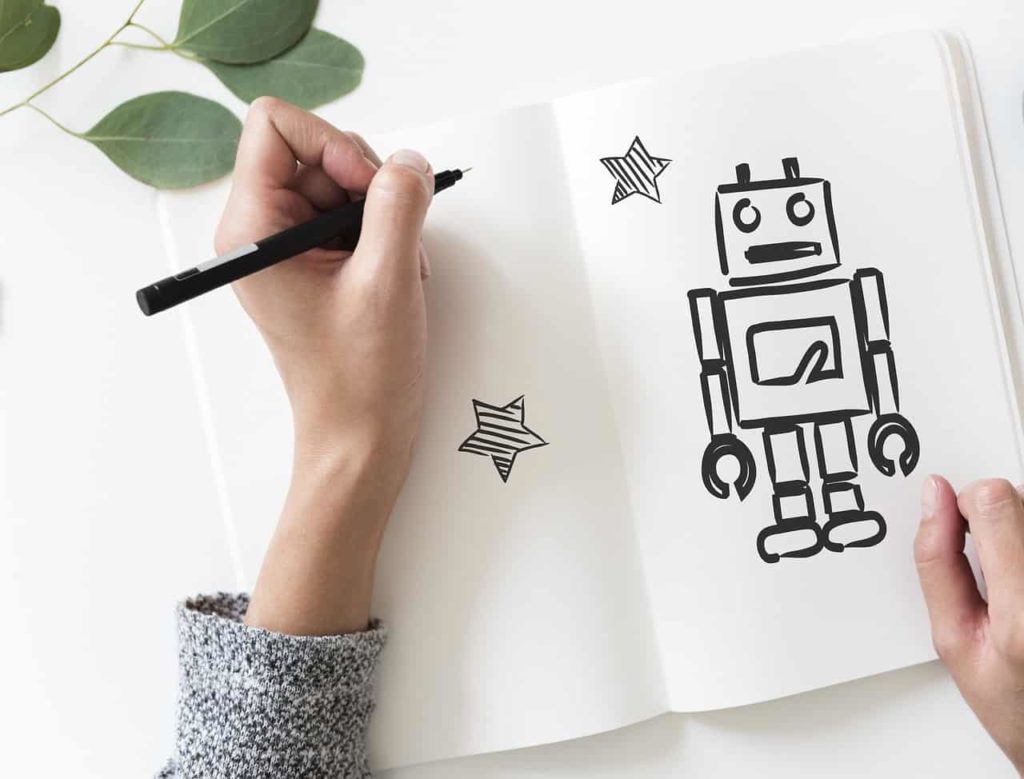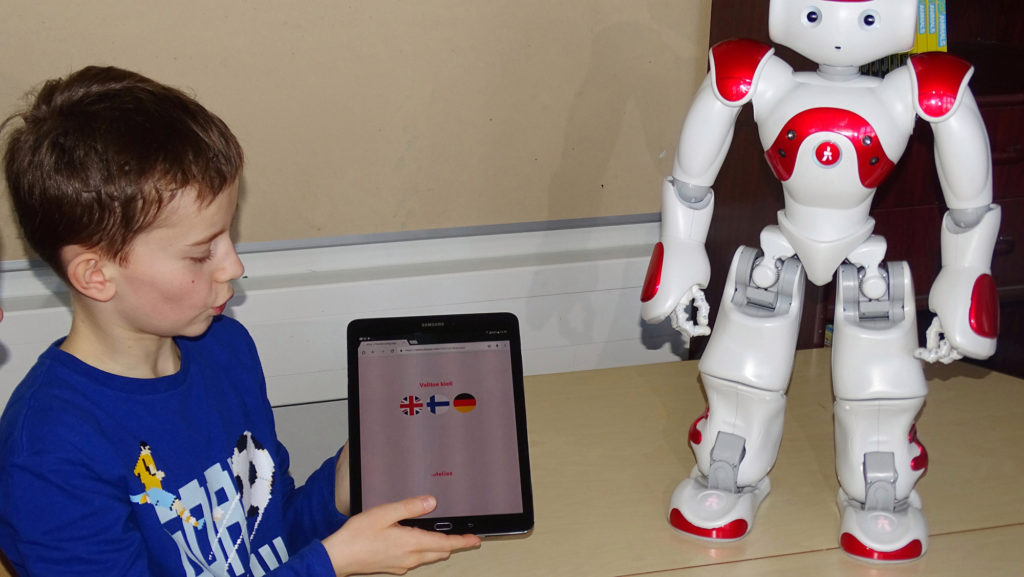The creation of a variety of multifunctional high-tech robots is developing at an incredible speed, little by little penetrating into our everyday life. There is no doubt that very soon people will live and work side by side with smart robots. That is why the introduction of existing high-tech robots into the education system is becoming quite relevant. The Pro-Papers team decided to investigate how such robots are used in the education system in different countries and what their function is.
More recently, the robot has become just a hero of fantastic cartoons and books. Now, any child from preschool age can not only develop with the help of robots (memorize words and numbers, distinguish shapes, colors, emotions), but even be friends with a robot. Scientists have created educational robotic toys for preschoolers.
Also Read: Trending Top PC Games for RTX Graphics Cards 2019
Use of High-Tech Robots in School Education
Robot friends
These robots rather teach children social skills: communicating with their peers, friendship, sharing games. They are “smart” enough to “memorize” the child’s behavior, play with him/her, spend time. Of course, they will not replace real friends or pets. But they will cause positive emotions, help them learn to care for others. And if a child is allergic to pets, it is more convenient to get a robot than a cat or a dog.
A friend robot can feel sad and happy, remembers up to 100 words, determines the temperature in the room (and warns if it is too cold), its position in space.
The robot can independently move in space, recognize objects, remember the behavior of people, other robots with whom it interacts.
Educational robots
Robots that help memorize the kindergarten program: colors and shapes, numbers, words, songs. Even a one-year-old child can play with them. There is a fairly wide choice of such robots, but almost all models have almost the same functionality.
Together with a child, they can learn the alphabet, numbers and colors, sing, dance, showing movements that kids can repeat after the robot. Record the owner’s speech and compose a song from the recorded phrases.
There are also models created especially for children with special needs, those who find it difficult to communicate, show empathy, and recognize the feelings of others. It helps them develop, learn, play. With the help of it, children train to understand emotions, learn to define what people feel in different situations.
Also Check: How To Know Who Viewed Your Instagram Profile 2019
Of course, training with robots is not enough for the development of some skills. But for the development of interest in obtaining knowledge, empathy robots will become good helpers for parents and educators.
The use of robots in the school program
Today, learning robots are practically virtual teachers. They are designed to facilitate and optimize the work of a teacher, to reduce unnecessary costs, and besides, to engage students in educational process effectively.
So, on the island of Kodiak, in Alaska, teachers communicate with their students via video chat using Telepresence robots, which have an iPad instead of ahead. The cost of one such robot is $2,000. Definitely cheaper than “book” an entire staff of teachers to the island.
And in South Korea, for example, robots have already completely replaced teachers of English, teaching entire audiences. Machine teachers can even correct pronunciation.
In the city of Masan, in 2010, school administrations began to take on the service high-tech robots for teaching English. Now robots are working under the supervision of a man, but after a few years, as technology develops, they are promised to be given more freedom.
The latest models of robots can be used to teach elementary school students reading and math. In Dubai, there is already a precedent when the robot accompanied sick children from the class to the medical office.
Must Check: ExamSnap Guide: General Overview of Cisco Certifications
Why Are Robots??
One of the most famous robots in education, Nao is a math teacher. Its teaching career began in 2012 in one of the elementary schools in the English city of Birmingham. And now it helps students develop mathematical skills in one of the schools in Harlem. In its power to recognize different languages and reproduce speech. Nao does not solve the problem, but only gives hints that help students find the right solutions. Nao also helps develop social skills in children with autism.
There are also robots that prevent absenteeism of children in school. So, the robot VGo is a menace of truants. With this robot, students cannot miss classes at school, even for a valid reason. This assistant has a webcam and can be controlled remotely using a computer. The cost of this robot in the USA is about $6,000, and already about 30 students with special needs have evaluated its benefits.
Another educational experiment was conducted in Finland. Robots replaced teachers for a while there. So, four robots have already been taken to the staff. For example, a humanoid robot that teaches foreign languages and the polyglot machine which knows 23 languages at once. Three more are made in the shape of an owl and teach pupils in mathematics.
Robots With Artificial Intelligence
According to the developers, their “teachers” have artificial intelligence, they are able to adapt tasks individually for each student, which will make classes more interesting and improve student performance. Teachers believe that robots will unlikely replace teachers, but will be excellent helpers for them.
Thus, as we can see, smart robots are excellent assistants in education. The main purpose of using the robot during training is to interest children, motivate them and make them actively participate in the lesson. A robot is a good tool to diversify learning process.


